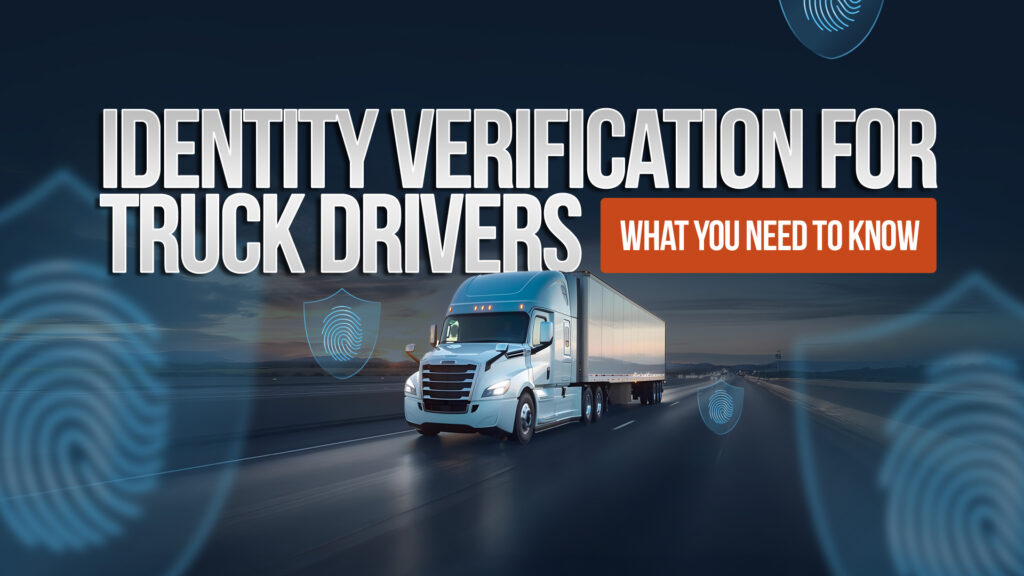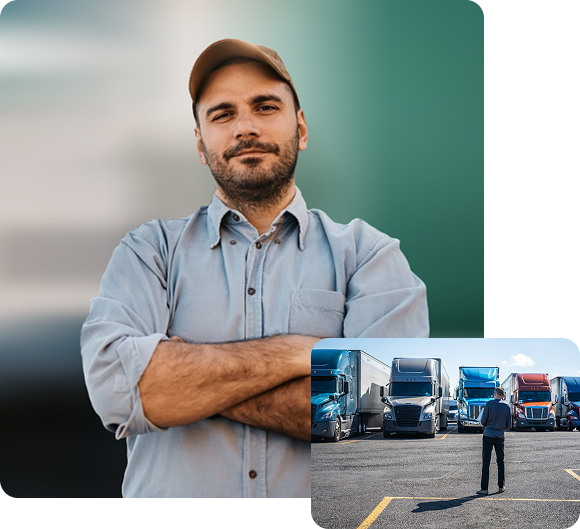
In the world of trucking, ensuring the integrity and safety of our roads is a top priority, and identity verification for truck drivers is taking center stage. The Federal Motor Carrier Safety Administration (FMCSA) has been ramping up efforts to implement stricter identity verification measures to combat issues like fraud and identity theft. But what does this mean for you as a driver?
At its core, truck driver identity verification is about ensuring that every individual behind the wheel is who they say they are. This means that before you get behind the wheel of a big rig, there will be a thorough verification process in place to check your identity and credentials. The goal? To protect not only the trucking industry but also the public, ensuring that only qualified and vetted individuals are operating commercial vehicles.
One key aspect of this new verification process involves the use of advanced technology. This could mean utilizing biometric data, such as fingerprints or facial recognition, alongside traditional methods like background checks and license verification. The FMCSA aims to make this process as efficient as possible, minimizing delays while maximizing safety.

For drivers, this means being prepared for more extensive checks, especially during the hiring process. If you’re switching jobs or entering the trucking field for the first time, it’s crucial to have all your documents in order—think licenses, endorsements, and any certifications required for your specific role.
While this might sound like a hassle, consider the benefits. Enhanced identity verification helps to reduce the chances of unqualified or potentially dangerous drivers getting behind the wheel. It not only safeguards your fellow drivers but also enhances the reputation of the trucking industry as a whole.
The new measures are set to roll out over the next few years, so staying informed is essential. Keep an eye on announcements from the FMCSA and your state’s transportation department.
In conclusion, while the road ahead may involve a few extra checks, these steps are designed to create a safer, more secure environment for everyone on the road. By embracing these changes, you’re helping to pave the way for a brighter future in trucking.
Safe travels, and stay tuned for more updates at Drivers1st.com!
